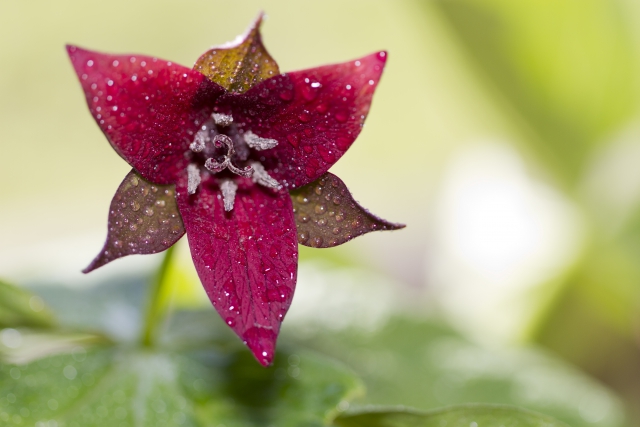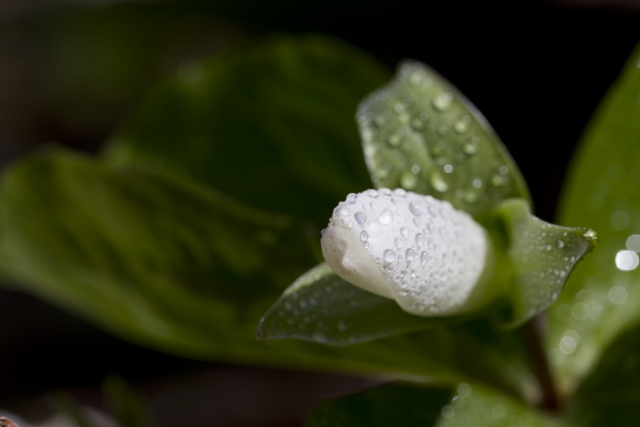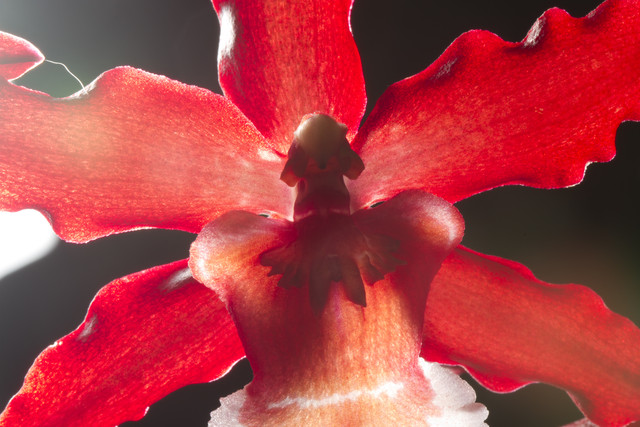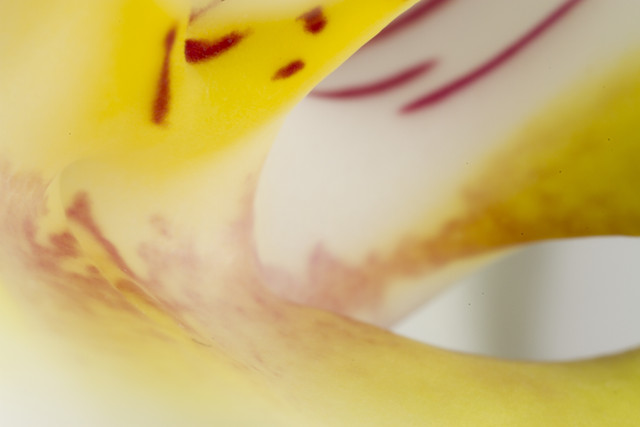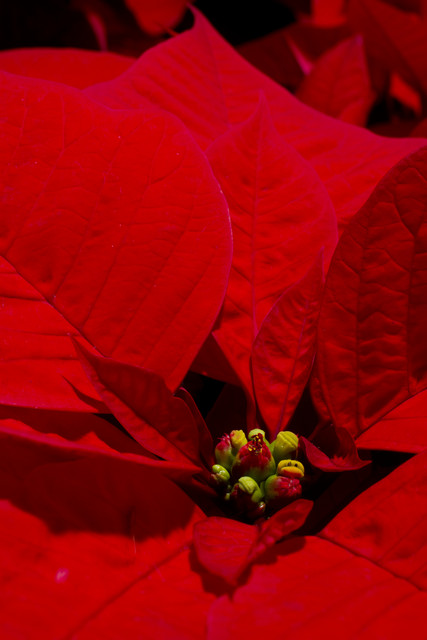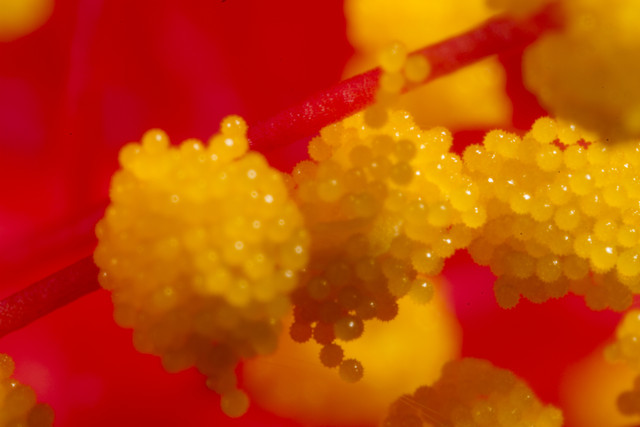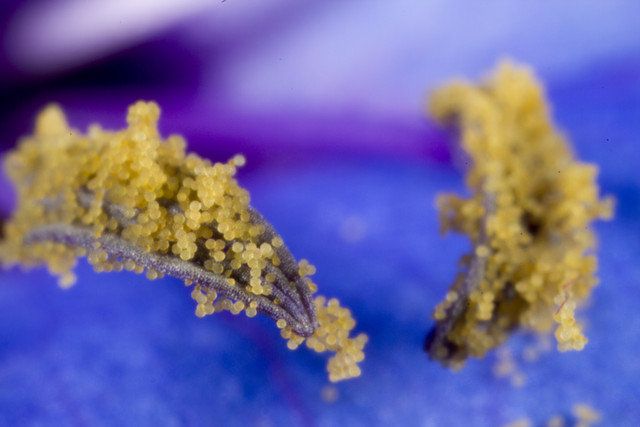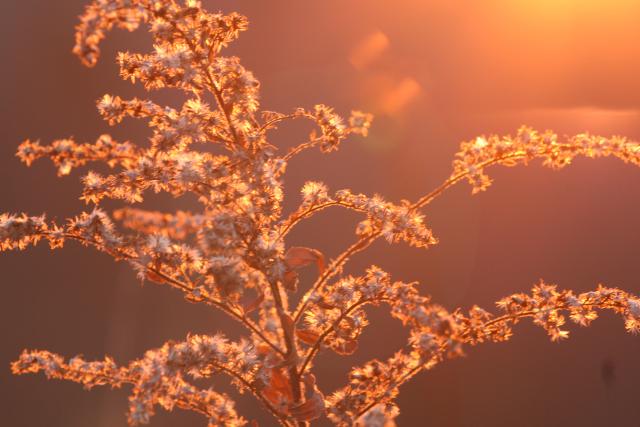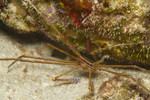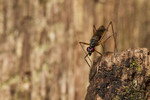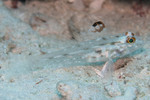flowers
Allen Garden's Conservatory
ktuli — Thu, 05/03/2012 - 20:14
Ok - still swamped trying to get all the things I need to get done taken care of... So I'm just going to share a quick variety pack from the Allen Garden's Conservatory on the outskirts of downtown Toronto. This small conservatory has a Victorian style greenhouse conservatory and is free to the public (wow!). We just barely got there with enough time to explore the whole place before they closed, but it was worth the walk out to find it.
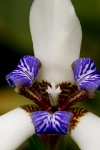 |
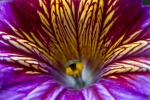 |
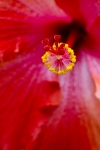 |
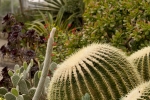 |
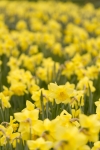 |
 |
||||
I wish there were places like that here in downtown Pittsburgh...
- Bill
Spritzed Red Trillium
ktuli — Wed, 04/18/2012 - 19:12
Another trillium, and again with the glycerine-water. The shape of the flower really lent itself to try for the single large drop hanging from the bottom petal. Unfortunately, I think I missed that and should have been more precise in putting a larger drop right where I needed it.
I honestly debate if I like this shot...
Technical Data: Canon EOS 7D, Canon EF 100mm f/2.8L Macro IS USM, 1/250 sec at f/2.8. Image Stabilization on. ISO 100. Canon Speedlight 580EX II flash in auto mode. RAW processing in Adobe Camera Raw. Trillium Trails, Fox Chapel, PA.
I didn't make it back out the trails, so I'll have to wait another year to try any of these shots again.
- Bill
Another White Trillium Bud
ktuli — Wed, 04/11/2012 - 20:21
If you've been following along at home, you might remember a post from about a year ago with another white trillium bud. I have a vague memory of the shot and wanted to try it again this year to see if I could improve upon it.
I ended up not reproducing it as well as I wanted, but with some glycerin-water generously provided by Mike, I was able to capture this 'just after the rain' kind of shot...
Technical Data: Canon EOS 7D, Canon EF 100mm f/2.8L Macro IS USM, 1/120 sec at f/8. ISO 100. RAW processing in Adobe Camera Raw. Trillium Trails, Fox Chapel, PA.
I'm not 100% sure on this shot - especially because it looks like I missed spraying the leaves in the background, so they're missing the droplets; however, at the same time, I wonder if the drops were there creating bokeh highlights, it may have been distracting.
I may have to try heading out there one more time this coming weekend, but it might just end up being yet another year before I can try again to get it right...
- Bill
Backlit Orchid
ktuli — Thu, 02/09/2012 - 17:43
For this shot, I asked my lovely assistant to position my flash behind the orchid to produce a different view and get those nice highlights along the edges of the petals...
Technical Data: Canon EOS 7D, Canon EF 100mm f/2.8L Macro IS USM, 1/200 sec at f/22. Canon Speedlight 580EX II flash in auto mode and wireless control. Image Stabilization on. ISO 100. RAW processing in Adobe Camera Raw.
- Bill
Focal Length, Field of View, and Perspective
ktuli — Thu, 01/19/2012 - 20:41
If you've been following along (or checked the equipment list), you might have noticed that I now own four different macro lenses. You might also wonder why one would need that many different specialty lenses.
The answer is that each one provides a different focal length (35mm, 65mm, 100mm, and 180mm). While each one provides a different working distance to the subject, that causes different perspective, and also a different field of view. The field of view is basically the amount of the scene that is in the frame. Perspective can be thought of as the relationship of foreground elements to background elements.
 |
35mm |  |
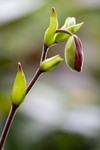 |
100mm |
Technical Data: Canon EOS 7D, Tokina AT-X M35 Pro DX AF 35mm f/2.8 Macro 1:1 and Canon EF 100mm f/2.8L Macro IS USM respectively, 1/30 and 1/80 sec respectively at f/2.8. ISO 100. RAW processing in Adobe Camera Raw
In this case, I kept my foreground subject almost identical in the frame, but if you look at the background, you can definitely tell a huge difference. Here, I used a wide aperture to get a shallow depth of field, so the background is pretty well blurred and full of soft bokeh.
However, if you look at the shapes of the background, you can definitely identify a couple major differences. First, the 100mm shot has a much less cluttered background because it has a much smaller field of view. Additionally, the perspective causes the background elements to appear much larger in the frame (and thus making them seem closer).
- Bill
Orchid Abstract
ktuli — Sun, 01/15/2012 - 21:58
One of the things that happen when you start working with macro photography is that you often lose perspective and cross over into a realm of abstract. Magnifying things we don't normally see, and some that we can't even see with the naked eye can certainly put someone in an unfamiliar, alien world.
To me, at least, that is part of the fun...
Technical Data: Canon EOS 7D, Canon MP-E 65mm f/2.8 1-5x Macro, 1/250 sec at f/16. Canon Macro Twin Lite MT-24EX in ETTL mode. ISO 100. RAW processing in Adobe Camera Raw.
Obviously, this is a very close-up shot of an orchid. The way the light from the flash and the intentional "over"-exposure produce an unworldly realm - almost like some glowing cave to my eyes - really seems to draw me into this photo.
- Bill
Super-macro Pointsetta
ktuli — Tue, 01/10/2012 - 21:42
At one point while trying out my new lens, I decided to take a series of shots with the different (albeit not all 5) magnification levels provided by the MP-E 65mm lens. In this case, I worked with the central flowering parts of a pointsetta....
Technical Data: Canon EOS 7D, Tokina AT-X M35 Pro DX AF 35mm f/2.8 Macro 1:1, 1/100 sec at f/16. Canon Speedlight 580EX II flash in auto mode and wireless control. ISO 100. RAW processing in Adobe Camera Raw. Phipps Conservatory, Pittsburgh, PA.
No - that photo is not a macro shot - I'm just providing it as a bit of reference. Some folks believe the red leaves (called bracts) are the flowering parts of the pointsetta - that's untrue. Some folks know that and believe that pointsettas simply don't have flowers - that too is untrue. What they actually have are fully male or female flowers (a single plant will have both), and they are contained in a cyathium - a flesh bulb similar to how a fig grows. So in the series below, we start with a 1:1 magnification of the cyathium cluster at the center of the plant, then move progressively to a 5:1 magnification of the (if I am getting my pointsetta anatomy correct) tops of the male flowers with the pollen.
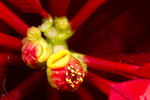 |
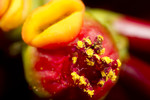 |
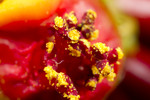 |
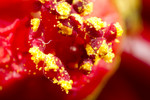 |
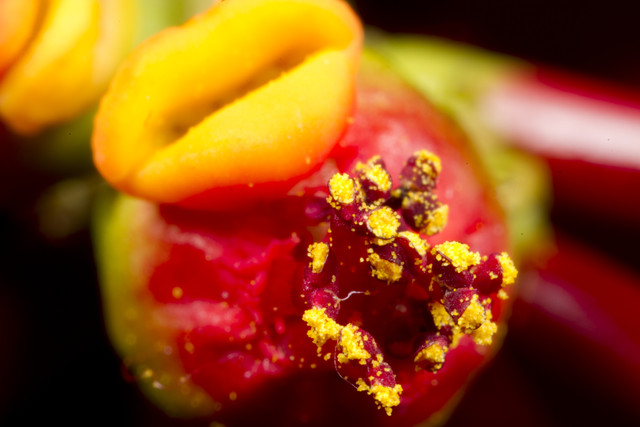 |
|||
Technical Data: Canon EOS 7D, Canon MP-E 65mm f/2.8 1-5x Macro, 1/250 sec at f/16. Canon Macro Twin Lite MT-24EX in ETTL mode. ISO 100. RAW processing in Adobe Camera Raw.
I think when dealing with this level of magnification, it is very easy to lose all sense of what it is you are looking at. Having the entire series of photos going through the magnification levels certainly helps to put things into a bit of perspective and provide some reference points to go on.
I'm really liking this new lens...
- Bill
More Grains of Pollen
ktuli — Sun, 01/08/2012 - 21:07
I really should be posting more often, but I'm still kind in lazy mode from the holidays. Today is my last day off before starting my new job (yay!), so maybe getting back to work will start getting me back into a routine and have more frequent posts again. For now, enjoy another shot of grains of pollen... this time on a hibiscus flower.
Technical Data: Canon EOS 7D, Canon MP-E 65mm f/2.8 1-5x Macro, 1/250 sec at f/16. Canon Macro Twin Lite MT-24EX in ETTL mode. ISO 100. RAW processing in Adobe Camera Raw.
I think the spiky ball shape on this pollen is pretty impressive. I may have to collect a series of flower pollen shots showcasing all of the different shapes they come in.
- Bill
Grains of Pollen
ktuli — Wed, 01/04/2012 - 08:36
I've taken some super macro photos of a pollen stamen before, but that was before I owned the Canon MP-E 65mm f/2.8 1-5x Macro lens.
This lens is a serious macro lens, and no other lens out there comes close to what it can do - which is to magnify things up to 5 times life size. Most true macro lenses will magnify up to life size (or 1:1), but the MP-E 65 can go way beyond that, allowing for magnification from life size (1:1) up to 5 times life size (5:1). I will get into more detail about that at a later date when I do a more thorough write-up of the lens, but for now that means you get to see what individual grains of pollen look like....
Technical Data: Canon EOS 7D, Canon MP-E 65mm f/2.8 1-5x Macro, 1/250 sec at f/16. Canon Macro Twin Lite MT-24EX in ETTL mode. ISO 100. RAW processing in Adobe Camera Raw.
Unfortunately, I did not record what magnification that shot was taken at, and I haven't figured out how to determine that after the fact yet. Regardless, that's still a highly magnified view of pollen - my guess is somewhere between 3-5x life size (probably closer to 5).
Stay tuned for more super macro photos...
- Bill
Warm Glow and Seeds
ktuli — Wed, 09/21/2011 - 20:22
I had to dig deep into the archives for this shot, but as we head into autumn, this shot of these seeds and the warm sunset glow filling the whole frame, just really made me think of the colors and feel of a autumn sunset. To be entirely honest, this shot was taken in the dead of winter in December, but if it still gives the feel, who cares, right?
Technical Data: Canon EOS Digital Rebel XT, Tamron 180mm f/3.5 Di SP LD 1:1 Macro, 1/100 sec at f/8. ISO 400. No post production. McConnell's Mill State Park, Lawrence County, PA.
Speaking of going into fall, I have a hockey game to finish watching, so I'm off to do that...
- Bill

